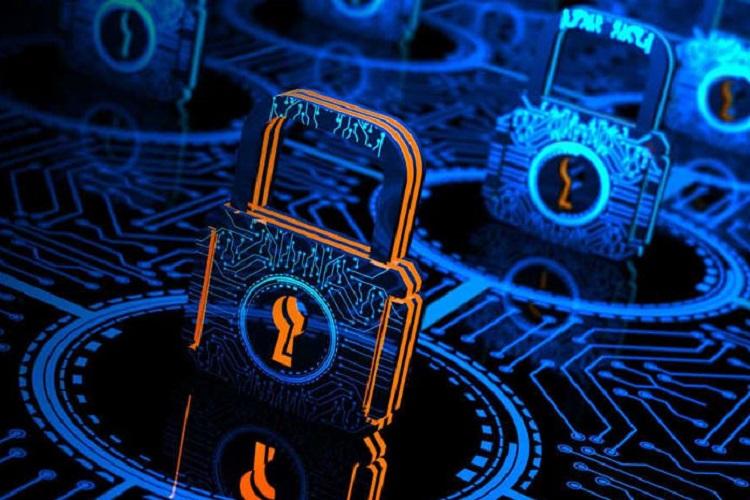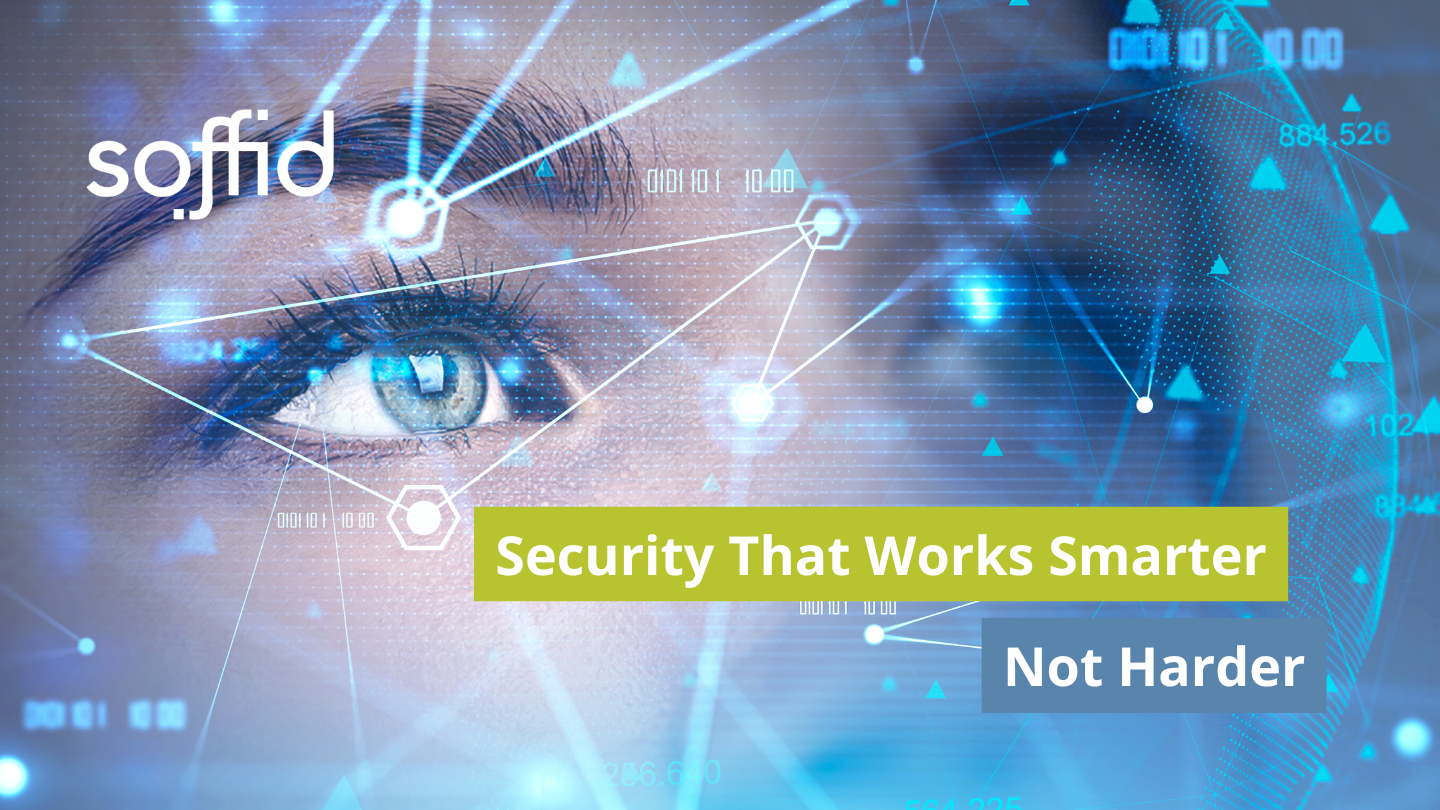Companies vulnerable and cybersecirity as priority

companies vulnerable and cybersecirity as priority
Recently, there has been a staggering rise in cybersecurity threats. This is primarily due to the coronavirus pandemic. Increased geopolitical tensions, and cloud and IoT adoption have made companies vulnerable to more frequent and damaging cyber-attacks creating a greater need for security infrastructure and talent.
It is fair to say that convergence can be good for vendors but challenging for users. For many organizations, the prospect of any software platform conversion means more costs, more and possibly different licenses, and added usage. Also, product convergence eliminates competition, potentially leading to higher prices and fewer choices.
Today’s organizations need a cloud-based platform that supports centralized management of remote, mobile, and access to the data center or cloud, and:
- Unifies access policies for on-premise and cloud deployments
- Addresses the nuances of enterprise mobile security
- Reports on the health of all appliances and devices
- Provides a mass-provision workspace for deploying patches and features
Other challenges these organizations face include
- Error-prone access management.
Managing access security appliances on a box-by-box basis is time-consuming for resource-strapped IT teams – and it’s an approach that is prone to error. - Disparate point solutions.
Separate solutions for remote, local, and mobile enterprise access increase equipment expenditures, operational overhead, and compliance complexity. - Burdensome bulk operations.
Without centralized management capabilities, IT teams can’t easily perform firmware updates and policy changes across the enterprise, or replicate configuration and polices from one appliance to many.
Identity
Identity started with a focus on humans. Thus, identity is something that can describe a person with a consistent set of details/attributes. But in the era of digital transformation, it is not limited to human identity only.
companies vulnerable architectures have relied primarily on the ability to authenticate user credentials to a directory store and grant fine-grained access to business applications based on statically assigned privileges, regardless of any inherent risk posed by a user.
This model no longer reflects an IT landscape in which a mobile workforce than can use unmanaged smart devices. Unless from anywhere in the world to access sensitive data in cloud-hosted business applications.
A comprehensive identity platform allows for a common user experience across multiple applications and systems (both legacy and modern). In addition, it will enable consumers and distributed workforces to use the same authentication method to access applications and resources across different enterprises.
Soffid helps organizations increase the maturity of their program. By protecting your company from breaches, thereby, still aiding in productivity, competitiveness, and maintenance of regulatory framework.
Sources:
(1) computer.org
(2) Technology Hits
(3) Solutionsreview
Picture: <a href=’https://www.freepik.es/fotos/grafico’>Foto de Gráfico creado por rawpixel.com – www.freepik.es</a>





